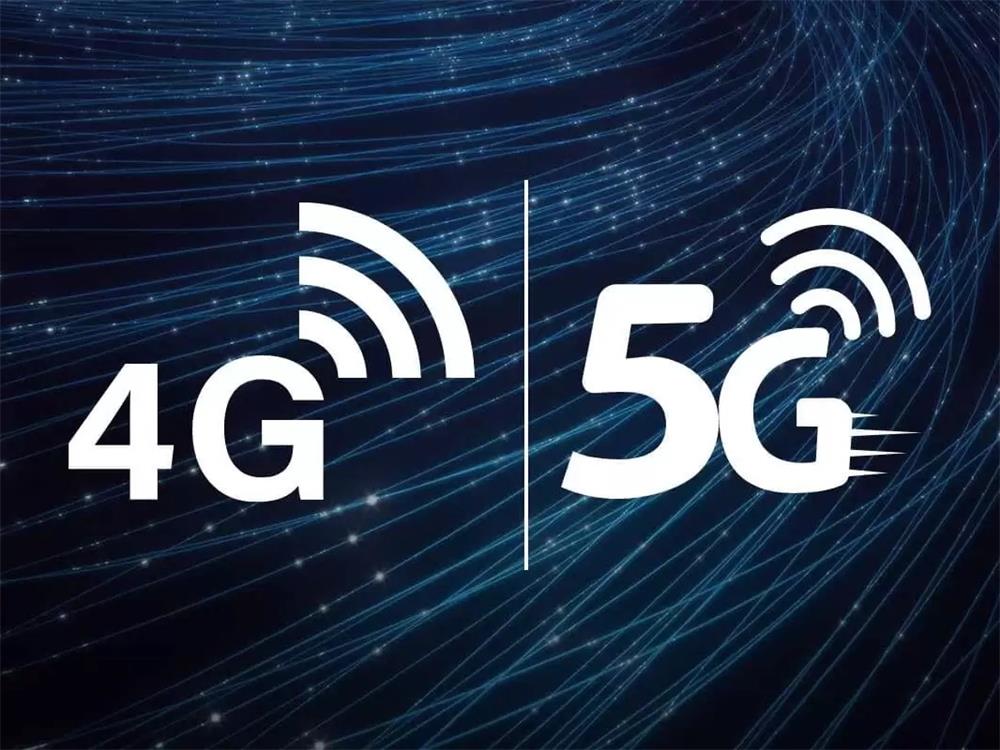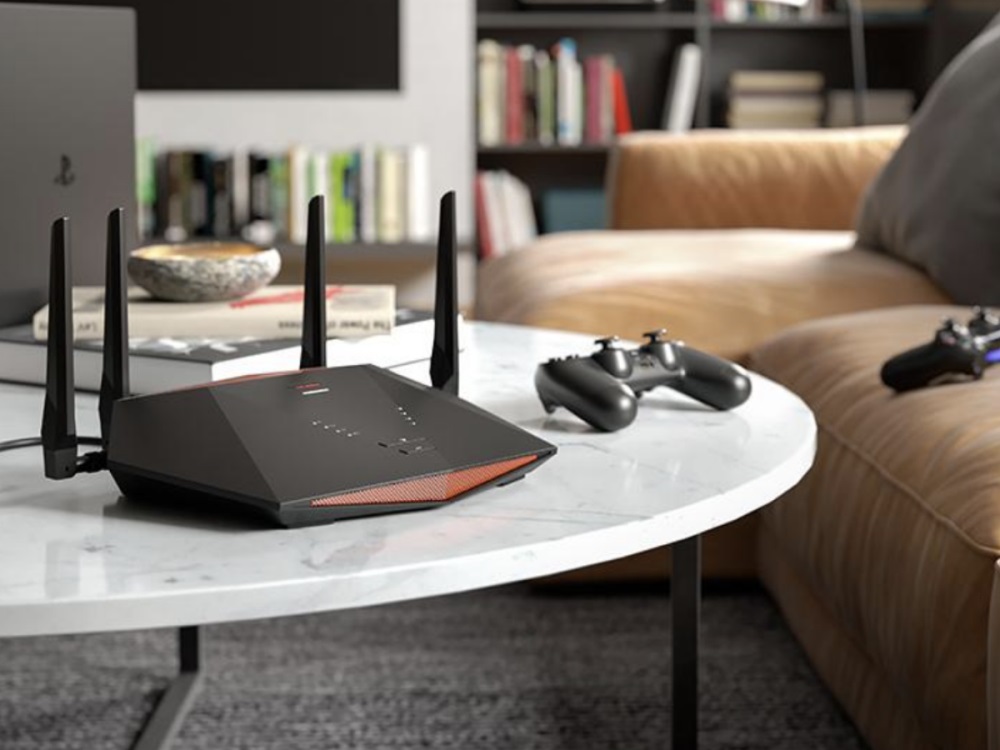Contents
If you are looking for a new smartphone or a mobile plan, you might have heard about 5G, the latest generation of mobile network technology that promises to deliver faster speeds, lower latency, and more capabilities than 4G. But what exactly are the differences between 4G and 5G networks, and how do they affect your mobile experience? Here is a brief overview of the key features and benefits of each network, as well as some of the challenges and limitations they face.
4G Networks
4G stands for the fourth generation, and it is the current standard for mobile network technology. It was launched in 2009, and it has evolved over time with various enhancements such as LTE (Long-Term Evolution) and LTE-A (Long-Term Evolution Advanced). 4G networks use frequencies below 6 GHz, which are widely available and can cover large areas with relatively few base stations. However, these frequencies are also crowded with existing cellular data and other wireless signals, which can cause interference and congestion.
Pros of 4G Networks
- 4G networks offer fast and reliable data speeds, ranging from 10 Mbps to 50 Mbps on average, and up to 1 Gbps in some cases. This allows you to stream high-quality videos, play online games, download large files, and use cloud services on your mobile device.
- 4G networks are widely deployed and accessible in most urban and rural areas around the world. You can easily find compatible devices and plans that support 4G connectivity.
- 4G networks are compatible with previous generations of mobile network technology, such as 3G and 2G. This means that you can still use your phone or SIM card on older networks if 4G is not available or if you want to save battery life.
Cons of 4G Networks
- 4G networks have limited capacity and spectrum efficiency, which means that they can only support a certain number of devices and data traffic per area. As more people and devices use 4G networks, the network performance can degrade or become unstable.
- 4G networks have relatively high latency, which is the delay between sending and receiving data. The average latency of 4G networks is around 50 milliseconds, which can affect real-time applications such as video calls, online gaming, and virtual reality.
- 4G networks consume more power than lower-generation networks, which can drain your battery faster. They also require more complex hardware and software to operate, which can increase the cost of devices and plans.
5G Networks
5G stands for the fifth generation, and it is the newest and most advanced mobile network technology. It was launched in 2019, and it is still being developed and deployed by various service providers around the world. 5G networks use different kinds of frequencies to achieve what 4G networks cannot. Some 5G networks use higher frequencies, such as around 30 GHz or more, which are less cluttered with existing wireless signals and can provide ultrafast data speeds. However, these frequencies also have shorter wavelengths, which means that they can be easily blocked by obstacles or absorbed by weather conditions. Therefore, they require more base stations that are closer together to cover smaller areas. Other 5G networks use lower frequencies, such as below 6 GHz or even below 1 GHz, which can travel farther and penetrate deeper into buildings. However, these frequencies also have lower data speeds and higher latency than higher frequencies.
Pros of 5G Networks
- 5G networks offer unprecedented data speeds, ranging from 50 Mbps to over 1 Gbps on average, and up to 10 Gbps in some cases. This allows you to stream ultra-high-definition videos, play immersive online games, download huge files, and use cloud services on your mobile device in seconds.
- 5G networks have lower latency than 4G networks, which is the delay between sending and receiving data. The average latency of 5G networks is around 10 milliseconds or less, which can enable real-time applications such as video calls, online gaming, virtual reality, augmented reality, and autonomous vehicles.
- 5G networks have higher capacity and spectrum efficiency than 4G networks, which means that they can support more devices and data traffic per area. They also use more advanced technologies such as beamforming and massive MIMO (multiple-input multiple-output) to direct signals precisely to where they are needed.
- 5G networks are more flexible and adaptable than 4G networks, which means that they can function as many separate networks with different characteristics depending on the needs of the users and applications. This cool feature is called network slicing.
Cons of 5G Networks
- 5G networks are not widely available and accessible in many areas around the world. You need to have a compatible device and plan that support 5G connectivity, and you also need to be in a location that has 5G coverage. Depending on the frequency and the service provider, the 5G coverage can vary significantly in quality and range.
- 5G networks are not compatible with previous generations of mobile network technology, such as 4G, 3G, and 2G. This means that you cannot use your phone or SIM card on older networks if 5G is not available or if you want to save battery life. You also need to have a dual-mode device that can switch between 4G and 5G networks seamlessly.
- 5G networks consume more power than lower-generation networks, which can drain your battery faster. They also require more complex hardware and software to operate, which can increase the cost of devices and plans.
Conclusion
4G and 5G networks are both powerful and useful mobile network technologies that can enhance your mobile experience. However, they also have different features and benefits that suit different needs and preferences. Depending on your location, device, plan, budget, and usage, you might prefer one over the other or use both interchangeably. Ultimately, the choice is yours.










